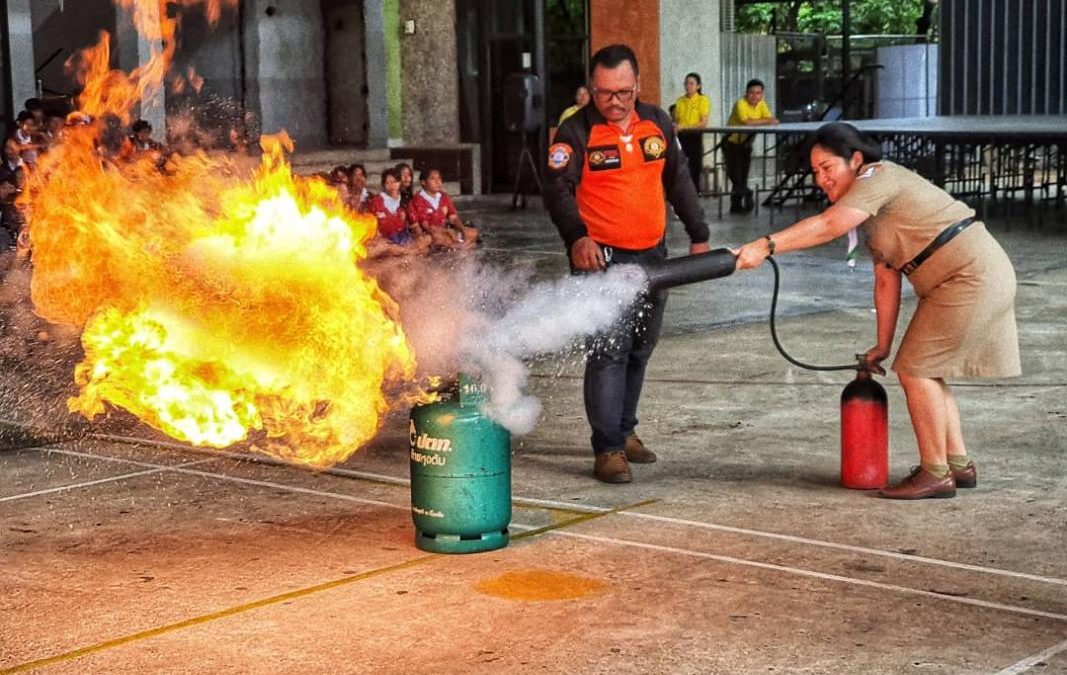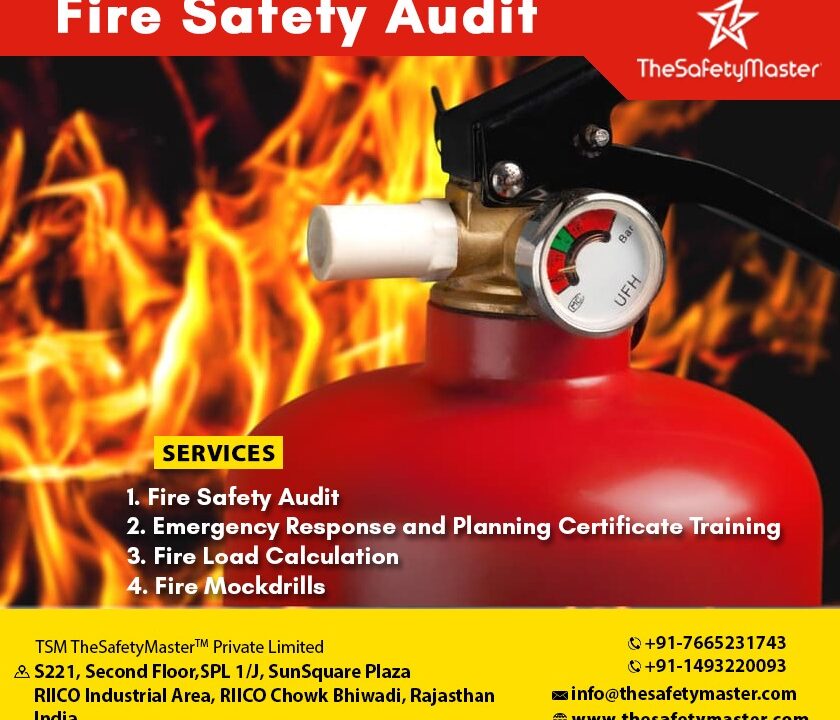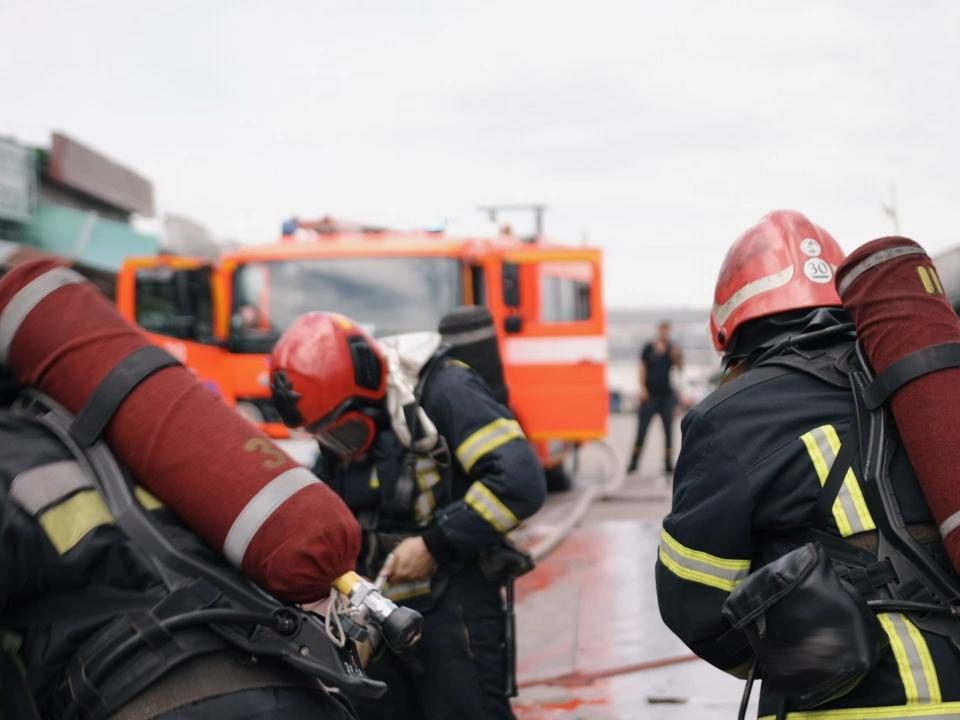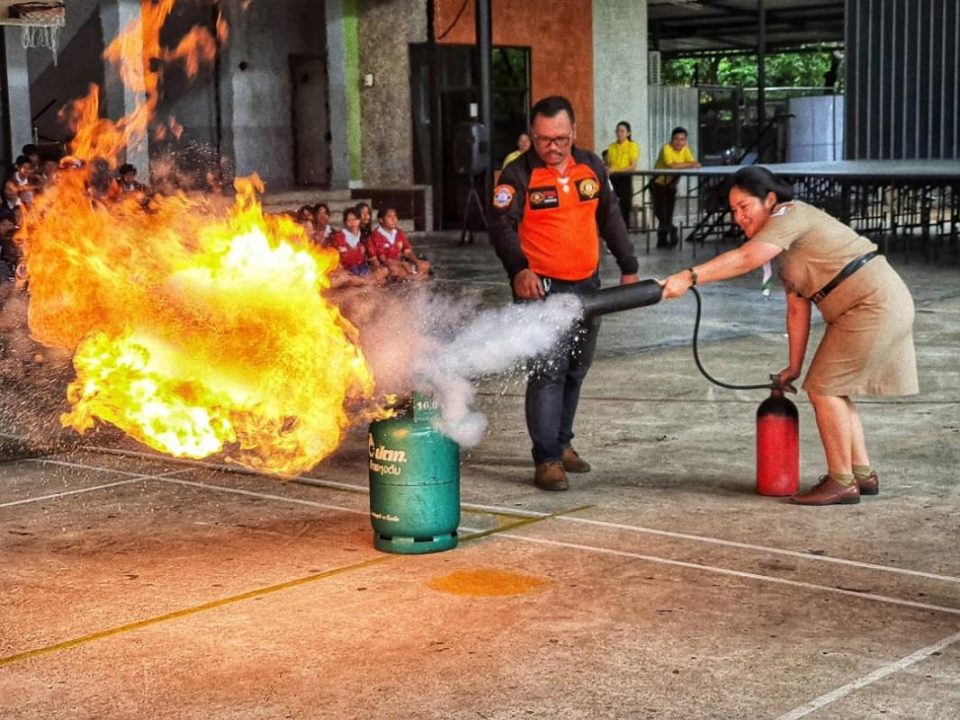Fire Drill: Training, Safety, Procedures, & Reports

The Role of Cybersecurity in LOPA: Protecting Critical Infrastructure in the Digital Age
December 24, 2024
Fire Fighting Training: Building Skills & Preparedness for Emergency Response
December 26, 2024Introduction to Fire Drills
What is the meaning of a fire drill?
A fire drill is a method of practicing how a building’s occupants should evacuate in the event of a fire or other emergency. The primary fire drill meaning lies in its role as a preventive measure to ensure safety during real emergencies. These drills are essential in all environments, from schools and workplaces to residential buildings.
Why are fire drills important in workplace safety?
Incorporating regular fire drill training into workplace safety protocols is crucial. Fire drill training prepares employees for unexpected situations, reduces panic during actual emergencies, and ensures that everyone knows the safest routes to evacuate. A well-executed fire safety drill can save lives by providing clear, practiced procedures.
Fire Drill Training
How does fire drill training enhance workplace safety?
Fire drill training enhances workplace safety by ensuring that all employees understand their roles during an emergency. This training involves educating staff on evacuation routes, the use of fire extinguishers, and the importance of remaining calm. Regular fire drill training helps reinforce these practices, making them second nature.
What are the key components of effective fire drill training?
Effective fire drill training should include:
- Fire safety drill briefings to inform employees about procedures.
- Simulated fire mock drill scenarios to practice evacuation.
- Post-fire drill evaluations to identify areas for improvement.
How often should fire drill training be conducted?
The frequency of fire drill training depends on local regulations and the nature of the workplace. Generally, conducting a fire safety drill at least twice a year is recommended. High-risk environments may require more frequent drills to ensure all personnel remain well-prepared.
Understanding Fire Safety Drills
What is a fire safety drill and how does it differ from other safety drills?
A fire safety drill specifically focuses on preparing occupants for fire-related emergencies, unlike other safety drills that may address earthquakes, active shooter situations, or other hazards. The fire drill meaning is centered on evacuation and fire safety, whereas other drills might emphasize different aspects of emergency preparedness.
How can fire safety drills prevent workplace hazards?
By conducting regular fire safety drills, workplaces can identify potential hazards, such as blocked exits or malfunctioning alarms, before an actual emergency occurs. These drills are an essential part of a proactive safety culture, where prevention is just as important as response.
What are the common challenges in conducting fire safety drills?
Challenges in fire safety drills may include employee complacency, logistical issues in large buildings, and the coordination of multiple teams. Effective fire drill training addresses these challenges by ensuring everyone understands the importance of the drill and their role in it.
Fire Mock Drill Procedure
What is the correct procedure for conducting a fire mock drill?
A successful fire mock drill procedure involves several steps:
- Fire drill training to inform participants about the drill.
- Activation of the alarm system to simulate an emergency.
- Safe and orderly evacuation following the fire mock drill procedure.
- Assembly at a designated safe area.
- Evaluation of the drill’s effectiveness.
How can you prepare your team for a successful fire mock drill?
Preparation for a fire mock drill begins with clear communication. Employees should be well-versed in the fire mock drill procedure and know what to expect. Regular fire drill training helps in ensuring that when the time comes, the drill is executed smoothly.
What are the legal requirements for conducting a fire mock drill?
Legal requirements for a fire mock drill vary depending on the country or region. In many places, fire drill training and fire safety drills are mandated by law, with specific guidelines on how and when they should be conducted. It’s important to consult local regulations to ensure compliance.
Fire Mock Drill: Reporting and Analysis
How do you create an effective fire mock drill report?
An effective fire mock drill report should include:
- A summary of the fire mock drill procedure.
- Observations on how well the fire drill was executed.
- Identified strengths and weaknesses.
- Recommendations for improvement.
What should be included in a fire mock drill report?
A comprehensive fire mock drill report should document the time taken for evacuation, any issues encountered, and feedback from participants. This report is vital for refining future fire safety drills and ensuring continuous improvement in emergency preparedness.
How can fire mock drill reports improve future safety procedures?
Fire mock drill reports provide invaluable insights that can be used to enhance future fire drill training. By analyzing what went well and what didn’t, organizations can adjust their fire mock drill procedures to address any gaps in safety protocols.
Best Practices for Fire Drills
What are the best practices for ensuring a successful fire drill?
Best practices for a successful fire drill include regular fire drill training, clear communication, and ensuring all safety equipment is functional. Additionally, engaging employees in the process by explaining the importance of fire safety drills can lead to better participation and outcomes.
How can organizations continuously improve their fire drill procedures?
Continuous improvement in fire drill procedures can be achieved by analyzing fire mock drill reports and incorporating feedback from employees. Regular updates to the fire drill training curriculum, based on the latest safety standards, will also help maintain high levels of preparedness.
What role does employee feedback play in refining fire drill practices?
Employee feedback is crucial for refining fire drill practices. After a fire mock drill, gathering input on what worked and what didn’t can provide valuable insights. This feedback should be used to make necessary adjustments to the fire mock drill procedure and overall safety strategy.
Common Mistakes During Fire Drills
What are the common mistakes made during fire drills?
Common mistakes during fire drills include:
- Ignoring the alarm and assuming it’s a false alert.
- Failing to follow the designated evacuation routes.
- Not taking fire drill training seriously.
How can these mistakes be avoided in future fire drills?
Avoiding these mistakes involves rigorous fire drill training and clear communication about the importance of the fire safety drill. Reinforcing the seriousness of the fire drill meaning and ensuring everyone understands their role can help mitigate these issues.
What impact do mistakes have on the effectiveness of fire drills?
Mistakes during fire drills can significantly reduce their effectiveness. They may lead to confusion during an actual emergency, resulting in delays and potential harm. Proper fire drill training is essential to minimize errors and ensure that fire safety drills are conducted efficiently.
Legal and Regulatory Requirements for Fire Drills
What are the legal obligations for conducting fire drills in the workplace?
Legal obligations for conducting fire drills vary by jurisdiction but typically include requirements for regular fire safety drills and adherence to specific fire mock drill procedures. Compliance with these regulations is not only a legal requirement but also a key part of maintaining a safe work environment.
How do fire drill regulations vary across different industries?
Fire drill regulations can vary significantly across industries. For example, high-risk environments like chemical plants may have more stringent fire drill training requirements compared to office settings. Understanding the specific regulations for your industry is crucial for compliance and safety.
What are the penalties for non-compliance with fire drill regulations?
Penalties for non-compliance with fire drill regulations can include fines, legal action, and increased liability in the event of an actual emergency. Ensuring regular fire safety drills and maintaining up-to-date fire drill training can help avoid these consequences.
What are the most frequently asked questions about fire drills?
- What is the fire drill meaning and why is it important?
- How often should fire drill training be conducted?
- What are the key steps in a fire mock drill procedure?
How can you address common concerns about fire drills?
Addressing concerns about fire drills involves educating employees on the importance of fire safety drills and ensuring they understand the fire drill meaning. Regular fire drill training can help alleviate any fears or uncertainties.
Where can you find additional resources on fire drill training and procedures?
Additional resources on fire drill training, fire safety drills, and fire mock drill procedures can be found through organizations like OSHA, the NFPA, and local fire departments. These resources provide guidelines, best practices, and updates on the latest safety standards.
Conclusion
How does regular fire drill practice contribute to overall safety?
Regular fire drill practice is essential for overall safety. By conducting frequent fire safety drills and adhering to established fire mock drill procedures, organizations can ensure that employees are prepared for emergencies, ultimately reducing the risk of harm. Additionally, integrating a fire audit and fire risk assessment into the routine can further enhance safety by identifying potential hazards and ensuring compliance with safety regulations.
What steps can organizations take to ensure continuous improvement in fire drill procedures?
To ensure continuous improvement, organizations should regularly review fire mock drill reports, update fire drill training based on feedback, and stay informed about the latest safety regulations. Incorporating elements of process safety management and process safety management training into the fire drill protocol can also help in maintaining a high standard of safety and preparedness, ensuring that all potential risks are systematically addressed.




